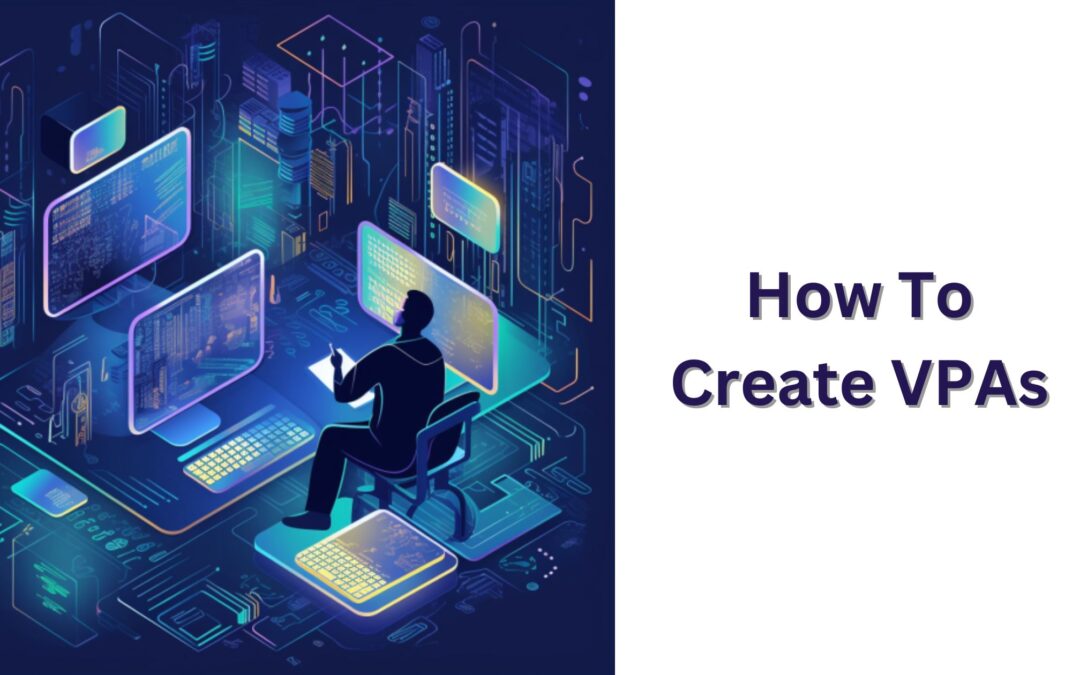In today’s fast-paced digital world, convenience and security in financial transactions are paramount. This is where Virtual Payment Addresses (VPAs) come into play. With the ever-increasing popularity of digital payments, the need for safer and more accessible methods has grown substantially.
In this article, we will delve into the world of Virtual Payment Addresses, exploring how they work, how to set up your own, and the numerous advantages they offer over traditional payment methods.
How Virtual Payment Addresses Work
Tyhe are a significant advancement in the realm of digital payments. At their core, they are unique identifiers linked to your bank account, much like an email address. Instead of sharing your bank account number and IFSC code, you simply provide your VPA to send or receive money securely. This not only simplifies the process but also enhances security as sensitive bank details are not exposed during transactions.
Security and Encryption
One of the primary concerns in digital payments is security. VPAs address this concern by incorporating robust encryption measures. Transactions through VPAs are secured with multi-factor authentication, making it significantly more difficult for unauthorized parties to access your funds. This added layer of security is a major advantage over traditional banking methods.
Setting Up Your Own VPAs
Setting up your own VPA is a straightforward process. Most major banks and payment service providers offer VPA services as part of their digital banking solutions. Here are the general steps to create your VPA:
- Choose a Banking Partner: Start by selecting a bank or payment service provider that offers these services. Popular choices include HDFC, ICICI, and Google Pay.
- Download the App: Download the bank’s mobile application or the dedicated app provided by your chosen service provider.
- Registration: Sign up or log in to your account. You will need to provide your basic information and link your existing bank account.
- Create Your VPA: Choose a unique one that is easy to remember, much like choosing an email address. Your VPA will typically end with ‘@bankname’ or ‘@serviceprovider.’
- Verification: Complete the verification process, which may include receiving a one-time password (OTP) on your registered mobile number.
- Start Transacting: Once your VPA is set up and verified, you can start using it for various digital transactions, such as sending and receiving money, paying bills, and online shopping.
Advantages of Using VPAs
Now that you understand how they work, let’s explore the advantages they offer over traditional payment methods.
1. Convenience in Transactions
VPAs simplify the process of making payments. You no longer need to remember or share lengthy bank account numbers and IFSC codes. With just a VPA, you can send or receive money quickly and hassle-free.
2. Enhanced Security Features
As mentioned earlier, they prioritize security. They use advanced encryption methods and multi-factor authentication to ensure that your transactions are safe from potential threats and fraud.
3. Reduced Reliance on Sensitive Information
Traditional payment methods often require sharing sensitive information like account numbers, which can be risky. VPAs eliminate this risk by providing a layer of abstraction between your sensitive data and the transaction process.
VPAs vs. Traditional Payment
To highlight the benefits of Virtual Payment Addresses further, let’s compare them to traditional payment methods.
Traditional Payment
- Requires sharing sensitive bank details.
- May involve manual input of bank account numbers and IFSC codes.
- Limited convenience, especially for frequent transactions.
- Limited security features.
VPAs
- Uses a unique identifier instead of sensitive information.
- Simplifies transactions with easy-to-remember VPAs.
- Enhanced security through encryption and multi-factor authentication.
In conclusion, Virtual Payment Addresses (VPAs) are revolutionizing the way we handle digital transactions. They offer a seamless and secure way to send and receive money, pay bills, and shop online. With the convenience they provide and the enhanced security features, VPAs are becoming an integral part of the digital payment ecosystem.
Conclusion
As the world continues to embrace digitalization, VPAs are at the forefront of making financial transactions more accessible and secure. By simplifying the payment process and prioritizing security, they have become a valuable addition to our digital lives.
FAQs (Frequently Asked Questions)
Are VPAs safe to use for online shopping?
Yes, they are highly secure for online shopping due to their robust encryption and authentication measures.
Can I have multiple VPAs linked to the same bank account?
Yes, many banks allow you to create multiple ones for a single bank account, offering flexibility in managing your finances.
Do I need a smartphone to use VPAs?
While a smartphone is convenient for managing them, some banks also offer those services through their web portals.
Are there any fees associated with creating a VPA?
Most banks and service providers offer them free of charge, but it’s essential to check with your specific provider for any applicable fees.
What happens if I forget my VPA?
You can typically recover your Virtual Payment Addresses by logging into your bank’s mobile app or web portal and accessing the VPA section, where you can find or reset it.

